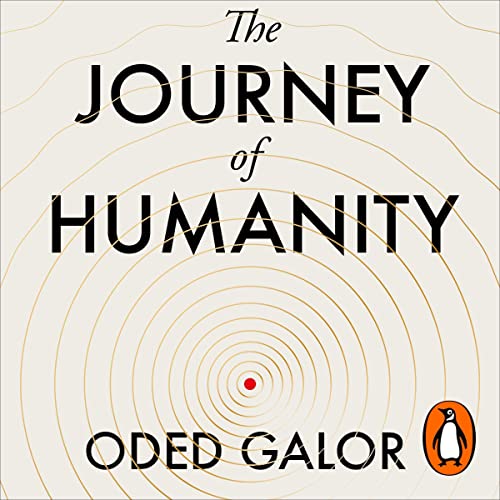 Roots of Wealth and Inequality
Roots of Wealth and Inequality
Block Seminar: January 20 -- 21, 2023
Location: (Friday: room 0.705, Waldweg 26, Altbau:; Saturday: 1.163 Oec)
Kickoff Meeting: November 1, 2:15pm, room 6.103, Waldweg 26
Submission of Application Form: until November 8
Lecture "How to Write a Seminar Paper": tba, room tba
Submission of Seminar Paper: until December 16
Final Prep-Meeting: tba
Supervision: Dr Johannes Schünemann: email Matthias Beulmann: email
Seminar Info: info
Application Form: studip
Course material for participants is available at the course material webpage
Introduction
In this bachelor seminar, we discuss the book "The Journey of Humanity: The Origins of Wealth and Inequality" by Oded Galor, Bodley Head 2022. All participants have read the book before the seminar and present in their essay and seminar talk one selected study and how it relates to a particular chapter of the book. Here is a video of the author presenting his work in a book talk.
Themes
Chapter 1: First Steps
Reference: Cortes, K.E. (2004). Hibbs, D. A., and Olsson, O. (2004). Geography, biogeography, and why some countries are rich and others are poor. Proceedings of the National Academy of Sciences, 101(10), 3715-3720.
Chapter 2: Lost in Stagnation
Reference: Ashraf, Q., and Galor, O. (2011). Dynamics and stagnation in the Malthusian epoch. American Economic Review, 101(5), 2003-41.
Chapter 3: The Storm beneath the Surface
Reference: Becker, S. O., Cinnirella, F., & Woessmann, L. (2010). The trade-off between fertility and education: evidence from before the demographic transition. Journal of Economic Growth, 15(3), 177-204.
Chapter 4: Full Steam
Reference: Cinnirella, F., & Streb, J. (2017). The role of human capital and innovation in economic development: evidence from post-Malthusian Prussia. Journal of economic growth, 22(2), 193-227.
Chapter 5A: Metamorphosis
Reference: Lehr, C. S. (2009). Evidence on the demographic transition. The Review of Economics and Statistics, 91(4), 871-887.
Chapter 5B: Metamorphosis
Reference: Cervellati, M., & Sunde, U. (2011). Life expectancy and economic growth: the role of the demographic transition. Journal of economic growth, 16(2), 99-133.
Chapter 6: The Promised Land
Reference: Franck, R., & Galor, O. (2021). Flowers of evil? Industrialization and long run development. Journal of Monetary Economics, 117, 108-128.
Chapter 7: Splendour and Misery
Reference: O'Rourke, K. H., & Williamson, J. G. (2005). From Malthus to Ohlin: Trade, industrialisation and distribution since 1500. Journal of Economic Growth, 10(1), 5-34.
Chapter 8: The Fingerprints of Institutions
Reference: Acemoglu, D., Cantoni, D., Johnson, S., & Robinson, J. A. (2011). The Consequences of Radical Reform: The French Revolution. The American Economic Review, 101(7), 3286-3307.
Chapter 9: The Cultural Factor
Reference: Gorodnichenko, Y., & Roland, G. (2017). Culture, institutions, and the wealth of nations. Review of Economics and Statistics, 99(3), 402-416.
Chapter 10: The Shadow of Geography
Reference: Alsan, M. (2015). The effect of the tsetse fly on African development. American Economic Review, 105(1), 382-410.
Chapter 11: The Legacy of the Agricultural Revolution
Reference: Bockstette, V., Chanda, A., & Putterman, L. (2002). States and markets: The advantage of an early start. Journal of Economic growth, 7(4), 347-369.
Chapter 12: Out of Africa
Reference: Alesina, A., Devleeschauwer, A., Easterly, W., Kurlat, S., & Wacziarg, R. (2003). Fractionalization. Journal of Economic growth, 8(2), 155-194.